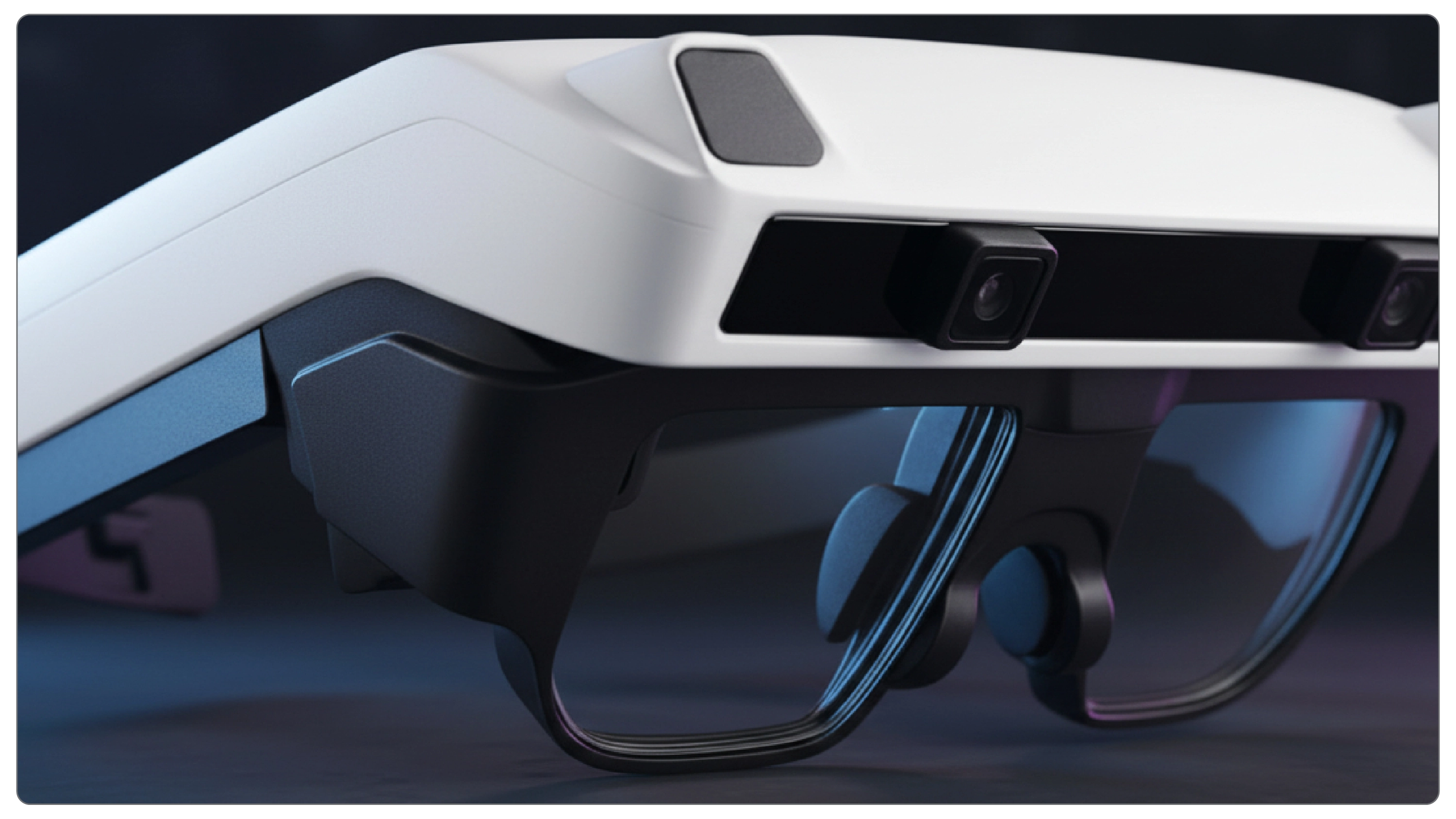Snke OS Launches Medical-Grade AR Headset To Revolutionize Surgical Precision and Clinical Workflows
Snke OS GmbH has launched SnkeXR, a high-end medical augmented reality (AR) headset targeting the medical technology sector. In contrast to consumer AR devices, SnkeXR is an open-platform headset designed with an architecture that integrates directly into healthcare operations and offers surgeons, clinicians, and medical device makers level 1 accuracy and real-time data visualization.

SnkeXR platform is an assembly of medical-grade manufacturing with a state-of-the-art AR platform. This facilitates higher intra-operative performance, instant patient registration, and greater anatomical accuracy. The headset is developed in response to stringent ISO 13485, ISO 14971, IEC 60601-1, and IEC 62304 requirements, and is compatible with post-market device lifetime requirements. Its open-platform architecture enables medical device R&D teams to create AR applications to meet clinical needs. Therefore, it is a flexible instrument across a wide range of specialties, including orthopedics, neurosurgery, spine, electrophysiology, interventional radiology, and obstetrics/gynecology.
The SnkeXR AR glasses are equipped with an integrated surgical tracking system capable of achieving an exceptional 0.3mm accuracy in marker positioning, making them suitable for even the most complex and delicate surgical procedures. In addition, the device offers stereoscopic magnification of up to 3.5X, providing surgeons with enhanced visualization of tiny anatomical structures and enabling precise, meticulous interventions.
The SnkeXR has been meticulously engineered to optimize transparency, projection angle, and focal plane alignment, ensuring that critical visual information is easy to see and interpret throughout the procedure. This thoughtful design prioritizes clinician comfort, enabling extended use during lengthy operations without compromising visibility or ergonomics, ultimately supporting greater precision and improved surgical outcomes.
The SnkeXR is another important breakthrough in medical device training and education. Its AR platform enables trainees to work through procedures in a simulated environment, watch actual surgeries through a surgeon's eyes, and receive instant feedback. This simulation technique enhances learning rates, reduces the risk of real-life mistakes, and increases new clinicians' confidence. The AR platform's open architecture helps hospitals, medical device developers, and research institutions continue innovating, adding new features or applications as AR technology advances.